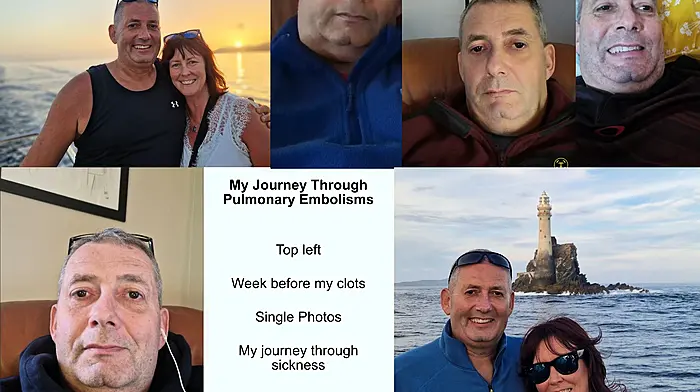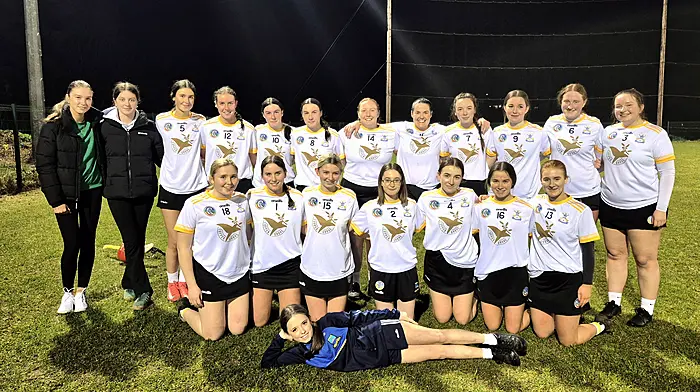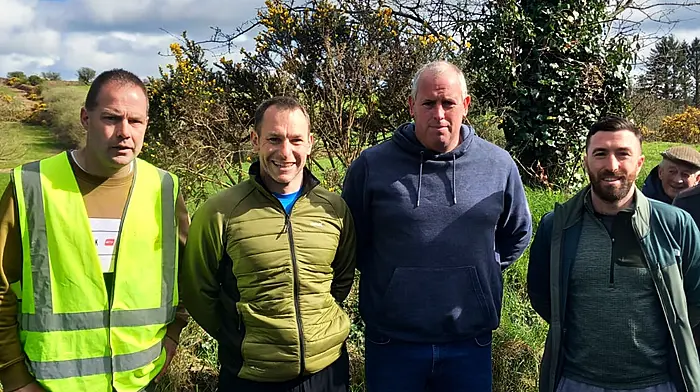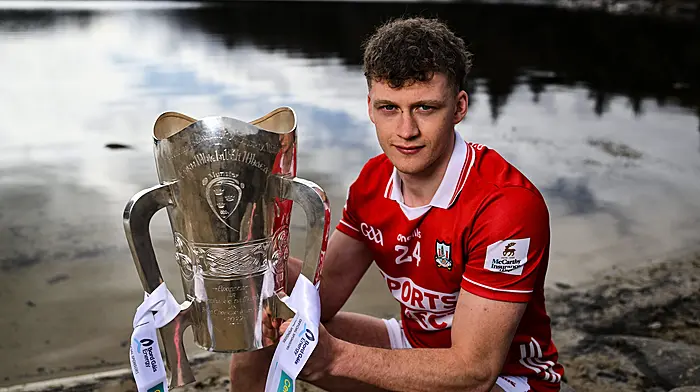SIR – I wish to respond to Lorraine Deane’s letter relating to my article about the killing of Sgt William Mulherin of the RIC at Bandon Roman Catholic Church on July 25th, 1920.
My article merely sets the context for how the killing was viewed by many. Plenty of devout Catholics had reservations about at least some of the IRA’s activities. To deny this is naïve in the extreme.
Whatever about the IRA, both Mulherin and his Black and Tan escort appear to have been trusting enough to believe that he would not be attacked inside the church grounds.
Lorraine accuses me of ‘waves of imagination devoid of much factual evidence.’ In fact my original draft to The Southern Star was heavily referenced, including from both books she cites as ‘righteously written,’ Barry’s Guerrilla Days in Ireland and Meda Ryan’s Tom Barry – IRA Freedom Fighter.
I urge Lorraine to reread the chapter, ‘Caught Up in the Movement,’ from Ryan’s book, in which she makes it clear that Barry hung around with his army friends long after his return to Bandon in February 1919. Later, she says, Barry’s entire family had emigrated and ‘Tom was alone.’
Three events stand out in the chapter from which Ryan claims ‘a “changed” Tom Barry emerged.’ Firstly, he met Bill Hales in Skerry’s College and visited the Hales’s home frequently.
Secondly, he was brought to Bandon Barracks by British soldiers (date not specified) for interrogation and apparently ‘got a bit of a hiding.’ Thirdly, ‘Charlie O’Keefe recalls, “I know that the torture of Hales and Harte had a profound effect on Barry. At the time it was easy to turn a person”.’ This was as late as July 1920, just before he was appointed to the Brigade by Charlie Hurley.
Finally, she quotes Cmdt Tom Kelleher: ‘Naturally we had to be cautious. Questions were asked: Could he be a spy? Was he genuine? … He was well tested before being accepted.’
So much for ‘baseless assumptions’ and ‘vacuous rhetoric’!
I do not believe that history is merely a series of dates and events, of rights and wrongs, of good guys and bad guys, but shaped by environment, circumstances and personalities. Barry was certainly one of the largest of these personalities, affecting the war in West Cork and therefore nationally. As such, his character is certainly a topic worth examining.
I was being deliberately provocative when questioning who might have pulled the trigger. I referred to Barry possibly having to prove his loyalty to the IRA, not his military proficiency as suggested by Lorraine. Barry had only risen to a rank equivalent to Corporal in the British army, not exactly a portent of his future brilliance as a guerrilla leader.
My point was that in the absence of public knowledge of the gunmen, there might be groundless speculation as to who fired the shots, an irony which seems to have been lost on Lorraine who refers to it as ‘farcical fabrication.’
Having spent a day with Bandon historian Paddy Connolly in 2014, Frank Taaffe, writing in the Kildare Nationalist, called the shooting one of the more cowardly and shameful acts of the war. Whether the shooting of Sgt Mulherin was ‘a brave act’ by ‘courageous young men’ is a matter of opinion, but now that Lorraine is in print as saying so, perhaps she will be quoted in future articles?
The reality is that many people, including Cathal Brugha and Michael Collins, appear to have considered the killing, or at least the manner of it, objectionable. Surely this is sufficient for even Lorraine to admit that the killing of a man at his church door is, at a minimum, controversial?
Daithí Fallon,
Innishannon.










